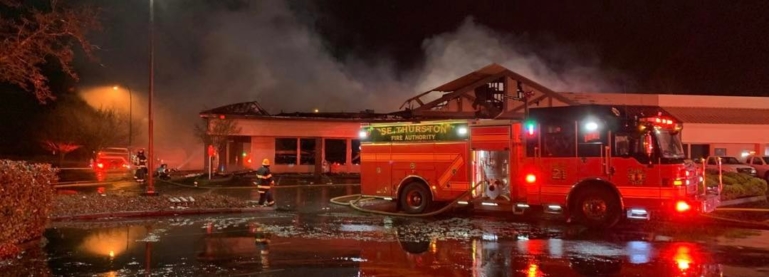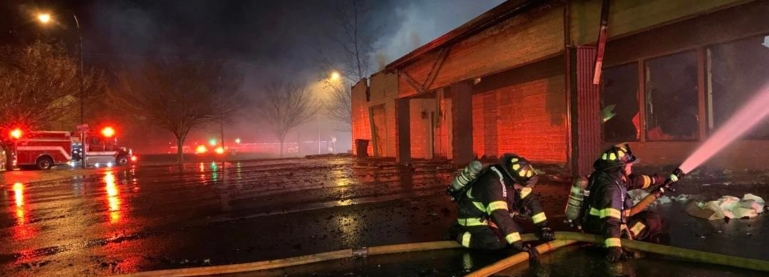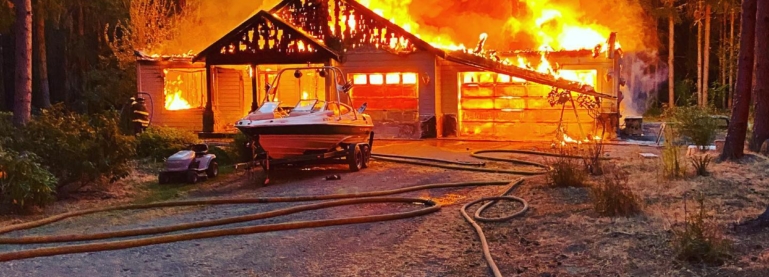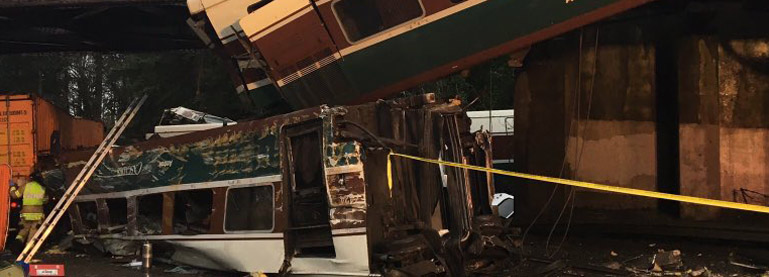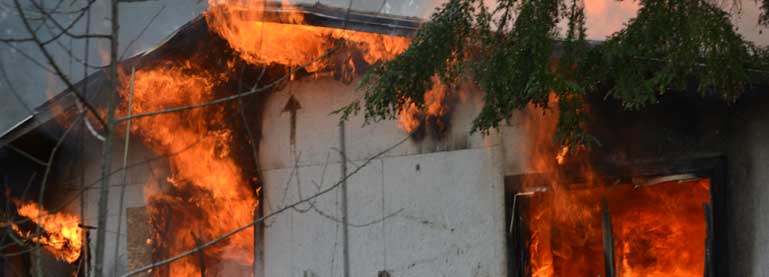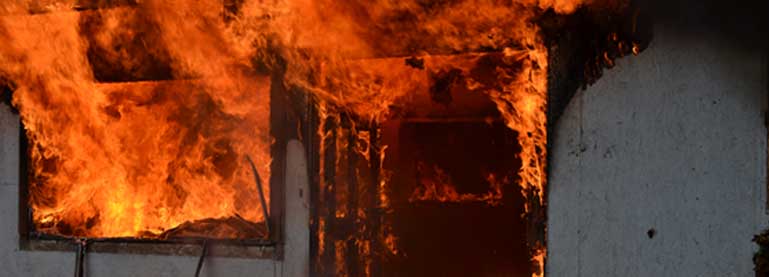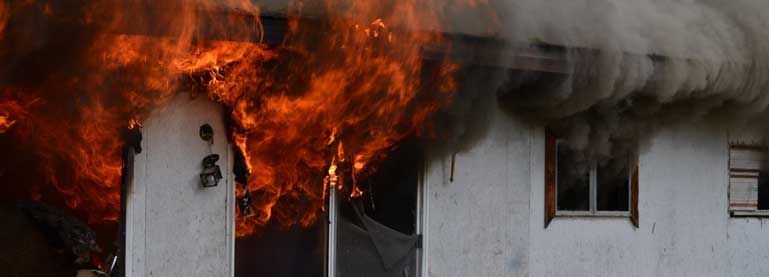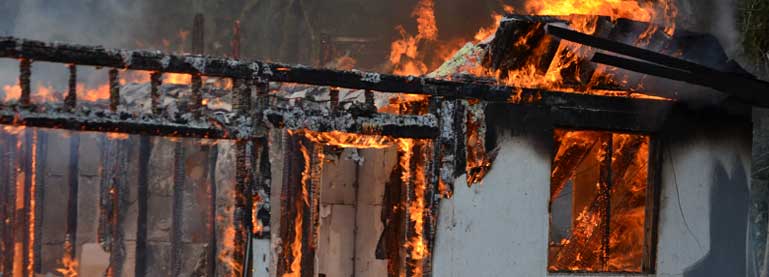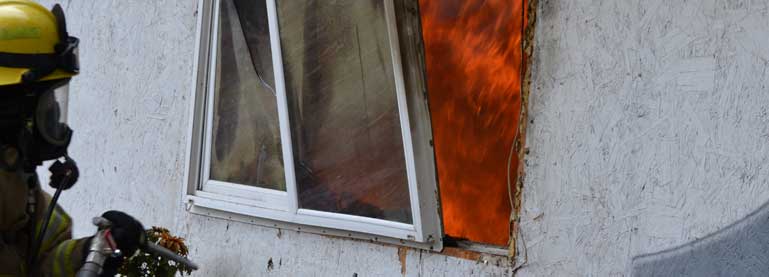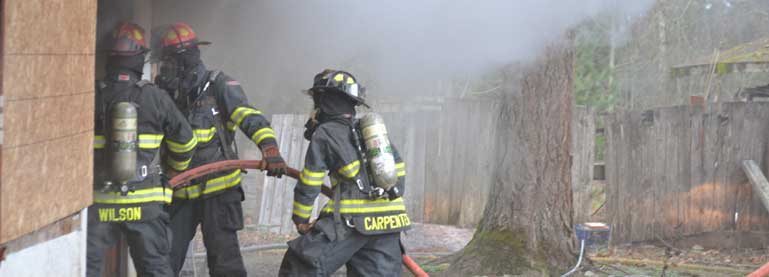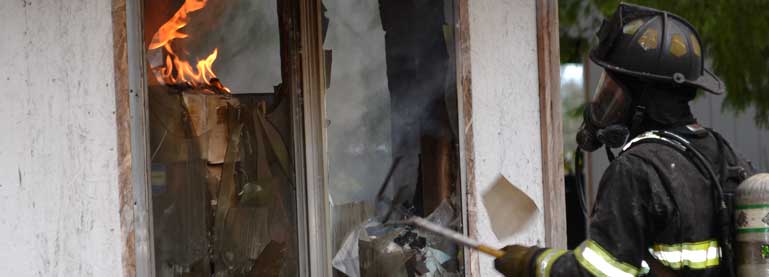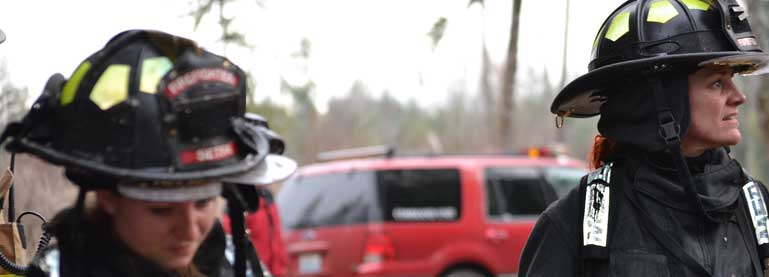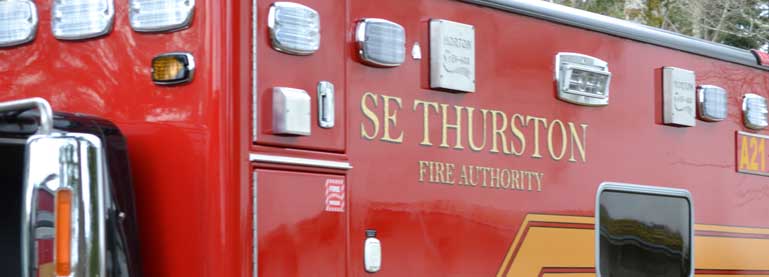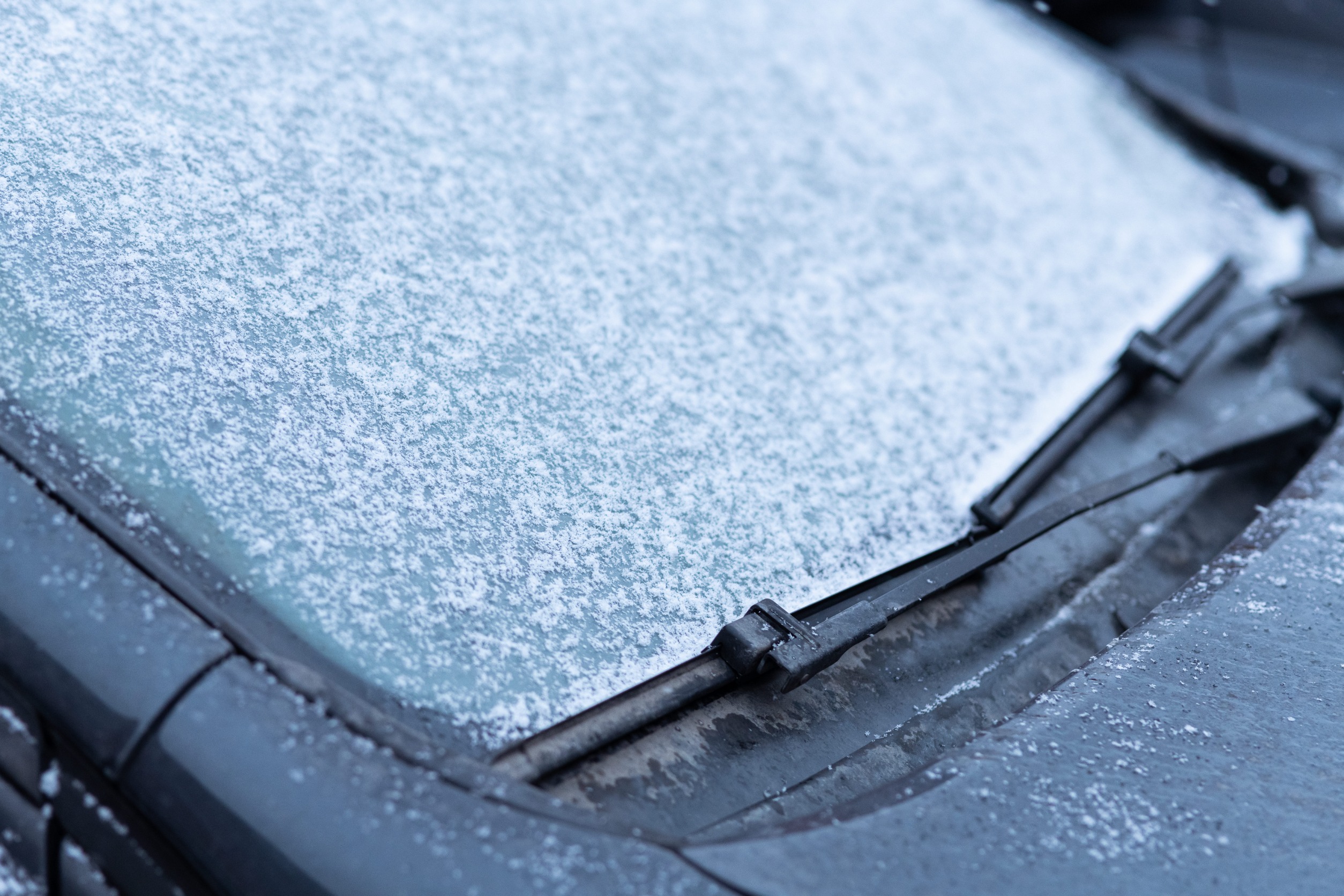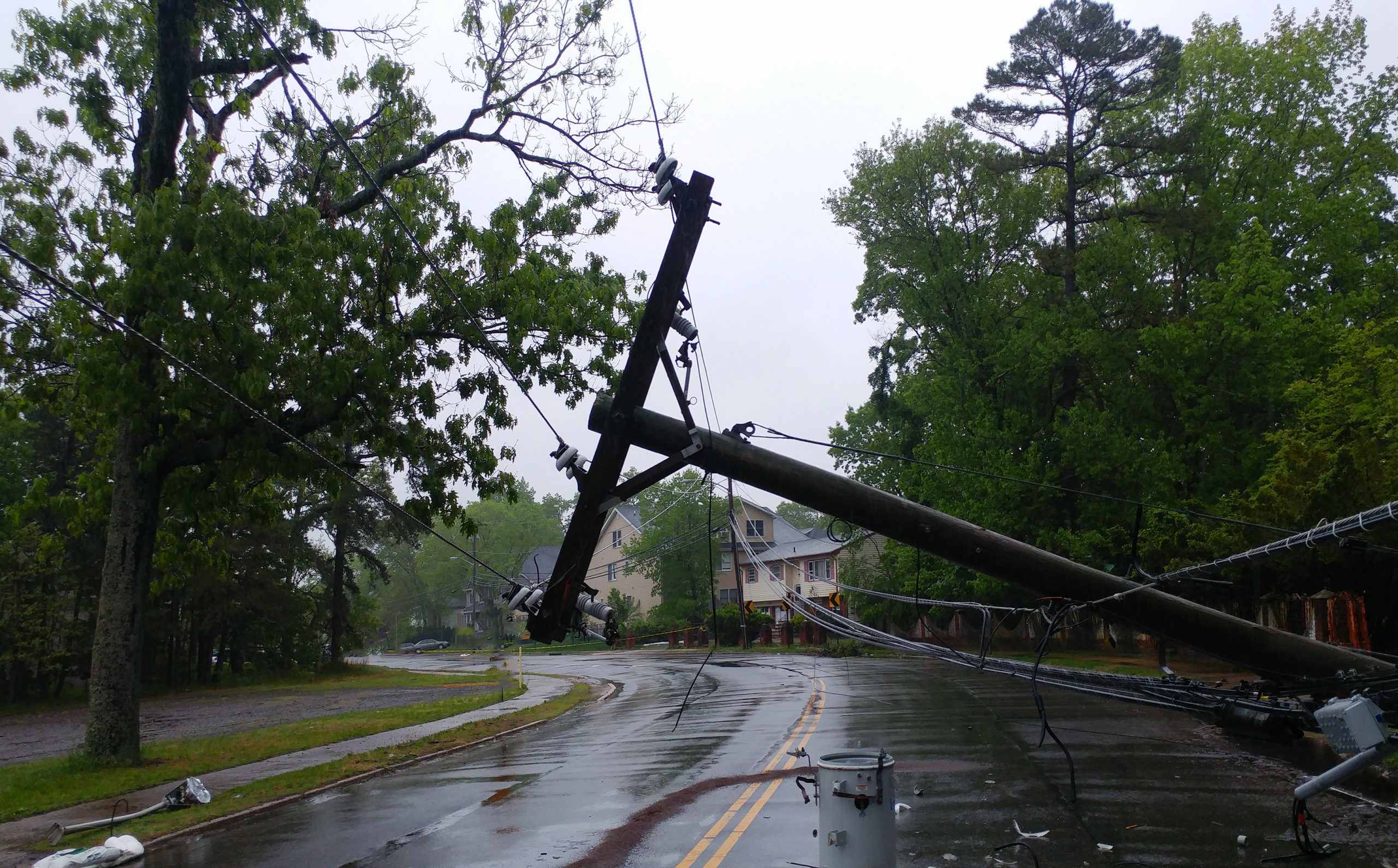
Washington State has a severe weather warning in place from now, January 16th, until around 1 AM, January 17th, with heavy snow in some areas, as well as heavy rainfall and ice predictions. This weather will affect Thurston County, among other locations within the state. While Thurston County is not expected to get as much snow as other regions, it’s still important to be cautious and prepared for the possible snow accumulation, as well as the likely ice buildup.
If possible, it is best to avoid driving during the weather tonight and to exercise extreme caution on the roads tomorrow due to the ice. We’ve seen some intense lows in the last few days which has already caused some ice hazards intermittently, so expect more of the same in the days to come. Luckily, the temperature predictions for the coming days aren’t as low as the ones we’ve seen recently, so the ice and snow shouldn’t linger for long, though with the rain that is predicted to follow drivers should still be cautious of slick roads and possible refreezing.
Stay tuned to social media and weather pages, as these winter weather predictions can change suddenly, and you don’t want to become stranded because of an unexpected snow storm or freezing rain.

